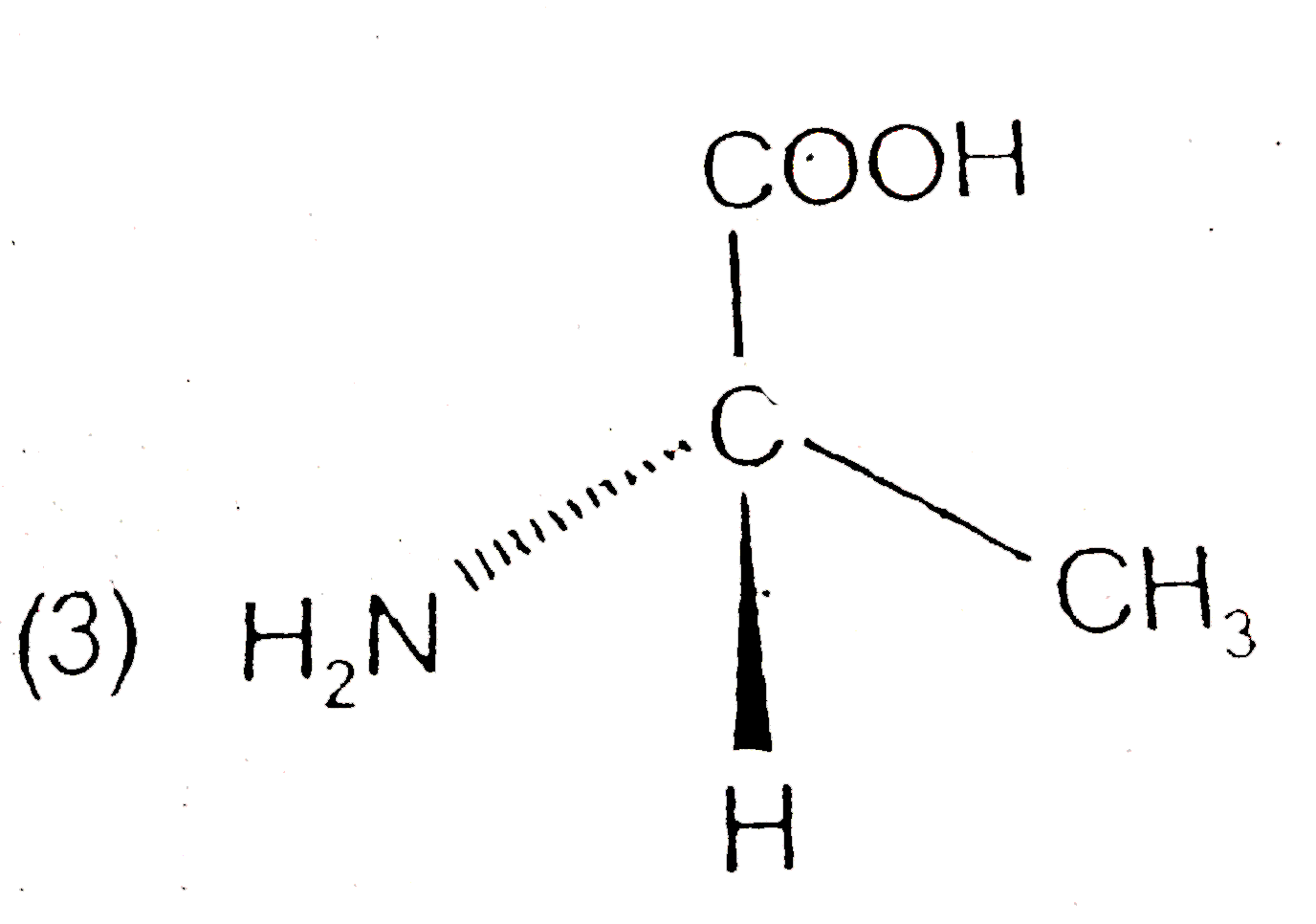Carboxyl group in benzoic acid is o-and plm director.
To determine whether the carboxyl group in benzoic acid is an ortho, para, or meta directing group, we need to analyze its effects on the electron density of the aromatic ring during electrophilic substitution reactions.
1. Understanding the Structure of Benzoic Acid:
- Benzoic acid consists of a benzene ring attached to a carboxylic acid group (-COOH).
- The carboxylic acid group is electron-withdrawing due to its electronegative oxygen atoms.
2. Effect of the Carboxyl Group on Electron Density:
- The presence of the carboxyl group decreases the electron density of the benzene ring.
- This is because the carboxyl group can stabilize the negative charge that forms during the electrophilic attack by resonance.
3. Resonance Structures:
- When an electrophile attacks the benzene ring, the electrons from the π-bond of the ring can shift towards the carboxyl group.
- This results in the formation of resonance structures where the negative charge can be delocalized onto the oxygen atoms of the carboxyl group.
4. Identifying the Positions for Electrophilic Attack:
- The ortho and para positions relative to the carboxyl group will have a positive charge due to the electron-withdrawing effect.
- The meta position, however, does not experience this positive charge and retains a higher electron density.
5. Conclusion:
- Since the ortho and para positions are less favorable for electrophilic attack due to the positive charge, the carboxyl group in benzoic acid directs electrophiles to the meta position.
- Therefore, the carboxyl group is a meta-directing group.
Final Answer:
The carboxyl group in benzoic acid is a meta-directing group due to its electron-withdrawing nature, which decreases the electron density at the ortho and para positions.
---
- Benzoic acid consists of a benzene ring attached to a carboxylic acid group (-COOH).
- The carboxylic acid group is electron-withdrawing due to its electronegative oxygen atoms.
- The presence of the carboxyl group decreases the electron density of the benzene ring.
- This is because the carboxyl group can stabilize the negative charge that forms during the electrophilic attack by resonance.
- When an electrophile attacks the benzene ring, the electrons from the π-bond of the ring can shift towards the carboxyl group.
- This results in the formation of resonance structures where the negative charge can be delocalized onto the oxygen atoms of the carboxyl group.
- The ortho and para positions relative to the carboxyl group will have a positive charge due to the electron-withdrawing effect.
- The meta position, however, does not experience this positive charge and retains a higher electron density.
- Since the ortho and para positions are less favorable for electrophilic attack due to the positive charge, the carboxyl group in benzoic acid directs electrophiles to the meta position.
- Therefore, the carboxyl group is a meta-directing group.
The carboxyl group in benzoic acid is a meta-directing group due to its electron-withdrawing nature, which decreases the electron density at the ortho and para positions.
Topper's Solved these Questions
- ALDEHYDES ,KETONES AND CARBOXYLIC ACIDSBOOK - MODERN PUBLICATIONCHAPTER - ALDEHYDES ,KETONES AND CARBOXYLIC ACIDSEXERCISE - REVISION EXERCISES (OBJECTIVE QUESTIONS - MULTIPLE CHOICE QUESTIONS )
45 Videos
- ALDEHYDES ,KETONES AND CARBOXYLIC ACIDSBOOK - MODERN PUBLICATIONCHAPTER - ALDEHYDES ,KETONES AND CARBOXYLIC ACIDSEXERCISE - REVISION EXERCISES (OBJECTIVE QUESTIONS - PASSAGE BASED QUESTIONS )
10 Videos
- ALDEHYDES ,KETONES AND CARBOXYLIC ACIDSBOOK - MODERN PUBLICATIONCHAPTER - ALDEHYDES ,KETONES AND CARBOXYLIC ACIDSEXERCISE - QUICK MEMORY TEST ( B. COMPLETE THE MISSING LINKS )
18 Videos
- ALCOHOLS, PHENOLS AND ETHERSBOOK - MODERN PUBLICATIONCHAPTER - ALCOHOLS, PHENOLS AND ETHERSEXERCISE - UNIT PRACTICE TEST (FOR BOARD EXAMINATION)
12 Videos
- BIOMOLECULESBOOK - MODERN PUBLICATIONCHAPTER - BIOMOLECULESEXERCISE - UNIT PRACTICE TEST FOR BOARD EXAMINATION
13 Videos
Similar Questions
Carboxylic acids containing an amino group (−NH2) as a substituent are called amino acids. When this amino group substitution is at α position with respect to carboxylic group, the aminoacid is called α-amino acid. The aminoacids with two carboxylic acids are called acidic amino acids whereas aminoacids with two amino group are called basic amino acids Amino acids show amphoteric character. Ali chiral natural amino acids exist in L-form. :
What would be the net charge on the given amino acid at pH=14?

View SolutionThe functional group of ethanoic acid is a carboxylic group.
View Solution
Knowledge Check
The number of amino and carboxyl groups in an amino acid is never -
A1 and 1B2 and 1C3 and 1D1 and 2Carboxylic acids containing an amino group (−NH2) as a substituent are called amino acids. When this amino group substitution is at α position with respect to carboxylic group, the aminoacid is called α-amino acid. The aminoacids with two carboxylic acids are called acidic amino acids whereas aminoacids with two amino group are called basic amino acids Amino acids show amphoteric character. Ali chiral natural amino acids exist in L-form. :
Each of the following represent natural alanine (an amino acid) exceptA B
B C
C D
D
Carboxylic acids containing an amino group (−NH2) as a substituent are called amino acids. When this amino group substitution is at α position with respect to carboxylic group, the aminoacid is called α-amino acid. The aminoacids with two carboxylic acids are called acidic amino acids whereas aminoacids with two amino group are called basic amino acids Amino acids show amphoteric character. Ali chiral natural amino acids exist in L-form. :
Which of the following is not an α-amino acid?A B
B C
C D
D
During chain elongation peptide bond is formed between carboxyl group of first amino acid and amino group of second amino acid by :
View SolutionDuring chain elongation peptide bond is formed between carboxyl group of 1st amino acid group of 2nd amino acid by
View SolutionA : Nitration of benzoic acid gives ortho and para derivatives of nitrobenzoic acids.
R : Carboxyl group is activating group.
View SolutionAssertion (A) : Benzoic acid does not undergo Friedal-Crafts reaction.
Reason (R ) : The carboxyl group is activating and undergo electrophilic substitution reaction.
View SolutionAssertion (A): Benzoic acid does not undergo Friedel-craft's reaction.
Reaction (R): The carboxyl group is activating and undergo electrophilic substitution reaction.
View Solution
